South Korean President Lee Jae-myung is in Washington for his first big sit-down with US President Donald Trump, a meeting that’s being billed as equal parts business deal, defence negotiation, and political theatre.
Lee arrived after a quick stop in Tokyo to meet Japanese Prime Minister Shigeru Ishiba, and now he’s walking into the White House with one clear goal: make sure Seoul doesn’t get steamrolled in Trump’s unpredictable style of deal-making.
Back in July, Washington cut its proposed tariff on South Korean goods from 25% down to 15%. But there’s a catch: South Korea agreed to buy $100bn in US energy and invest $350bn into the US economy. On top of that, Trump expects direct investments from Korea’s industrial giants. Samsung, SK, Hyundai, and LG are already lined up with roughly $91bn in commitments.
Lee isn’t coming alone. He’s brought the country’s corporate titans, a delegation that looks less like a government entourage and more like a high-stakes business pitch. After all, this summit is as much about Wall Street and factories as it is about alliances.
Trump has made it clear: he wants Korea to help rebuild America’s shipbuilding industry, compete with China’s naval lead, and pour billions into US-based battery and semiconductor production. Lee’s itinerary even includes a trip to Philly Shipyard, now owned by Korea’s Hanwha Group, to showcase that commitment.
Of course, no US–Korea summit would be complete without defence drama. With 28,500 US troops stationed in Korea, Trump has once again floated the idea that allies should cough up more cash. He’s long wanted defence spending closer to 5% of GDP; Korea currently sits at 3.5%. Seoul already foots over $1bn for the US presence and paid the full cost of Camp Humphreys, America’s largest overseas base.
Then there’s Taiwan, North Korea, and the ever-present China factor. Trump may push Seoul to take on a larger role in regional security beyond its own peninsula. That’s a politically sensitive ask back home, but one Washington will press harder as great-power competition heats up.
Lee’s team says they want wartime operational control, essentially, South Korea commanding its own forces in wartime instead of the US, transferred by 2030. That’s part of his long-term governance plan. Whether Trump sees that as a bargaining chip remains to be seen.
In short, this isn’t just another bilateral summit. It’s a stress test: how much Trump can squeeze out of Korea on trade and security, and how far Lee can go in protecting his country’s interests without blowing up the alliance.
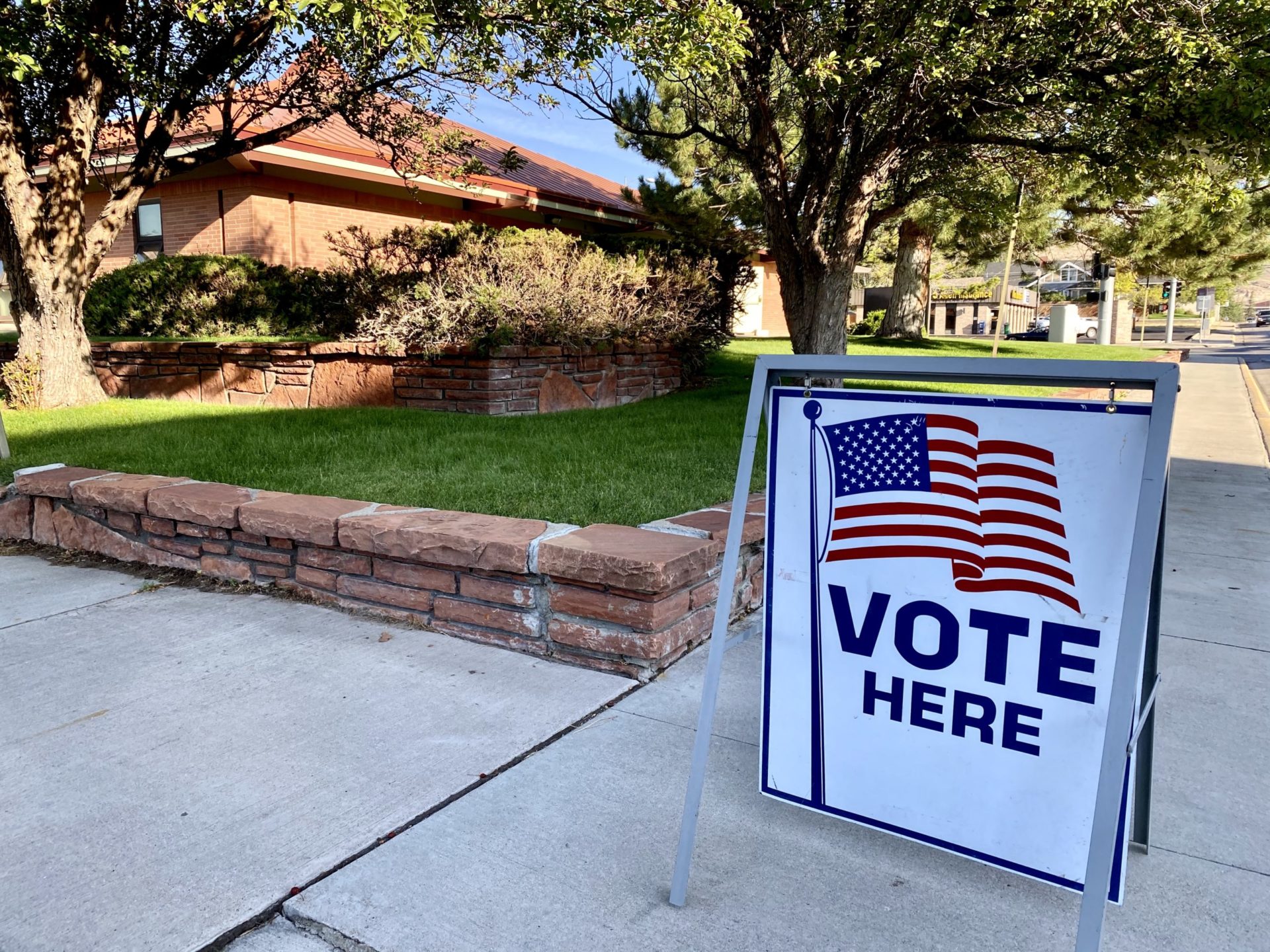
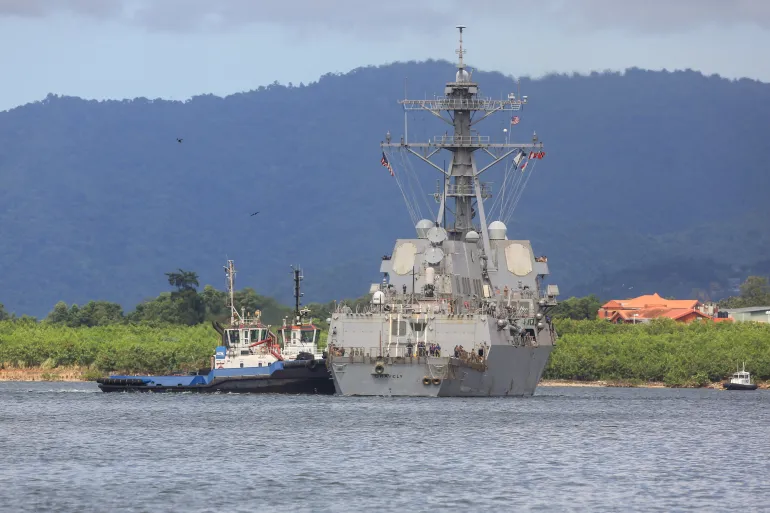
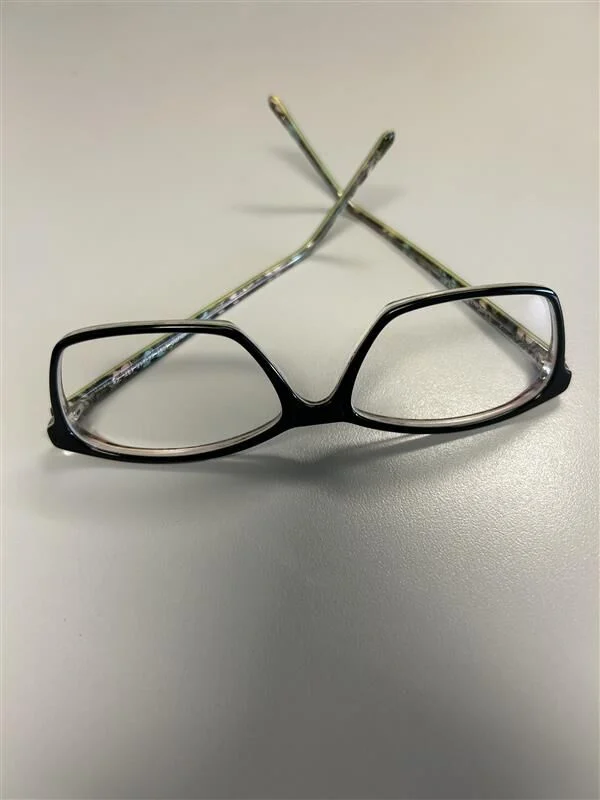
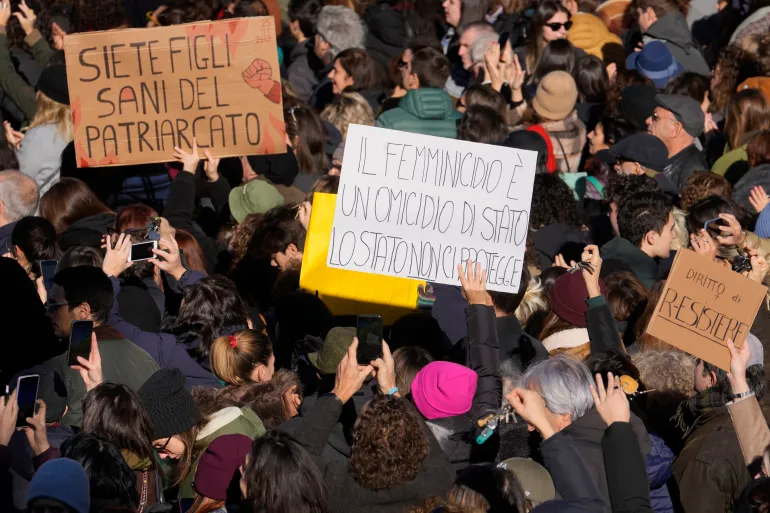
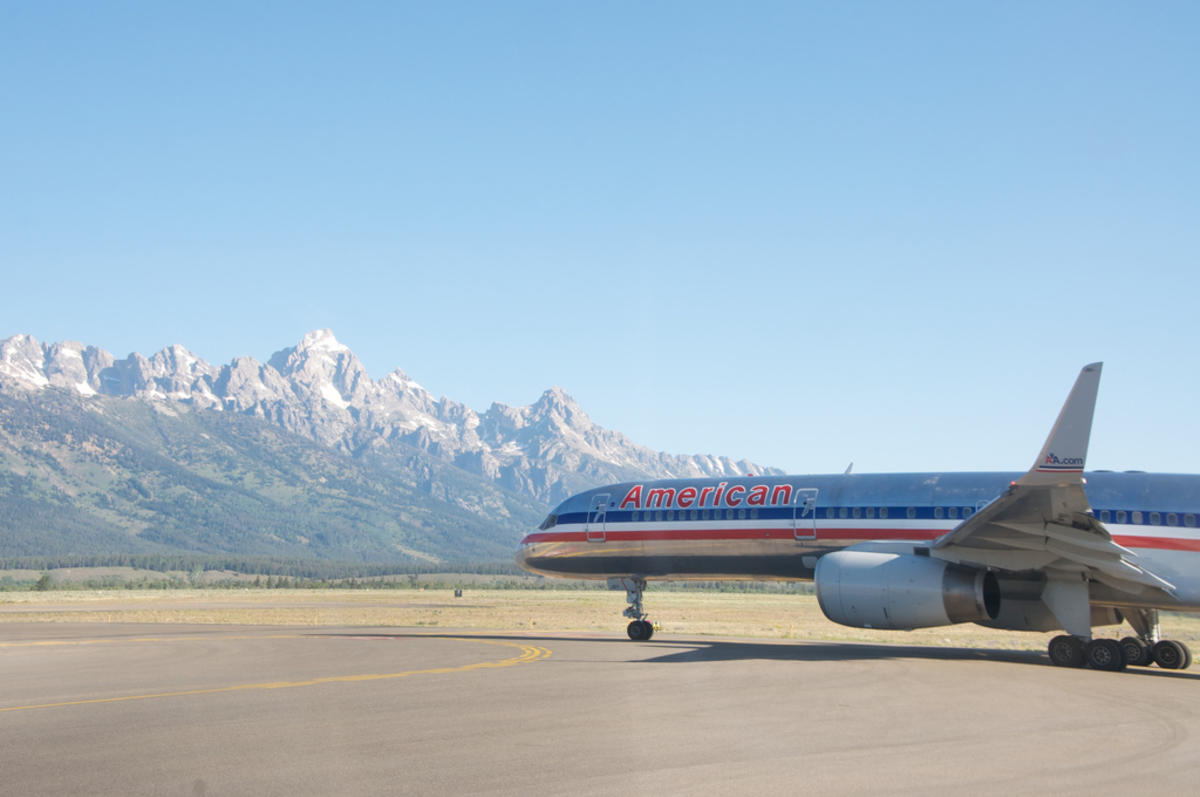
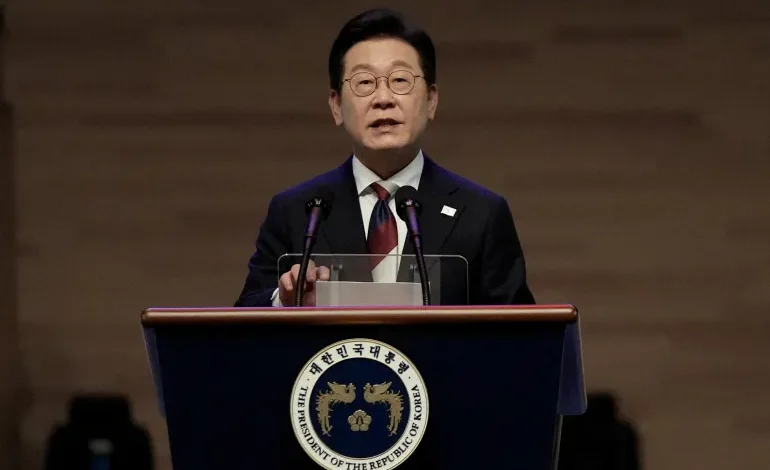



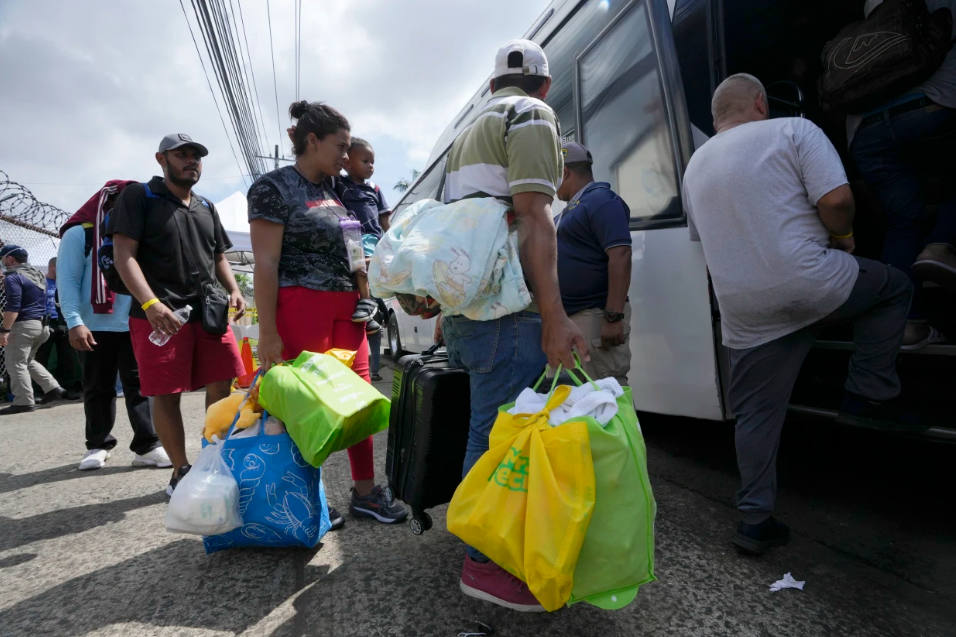
The latest news in your social feeds
Subscribe to our social media platforms to stay tuned